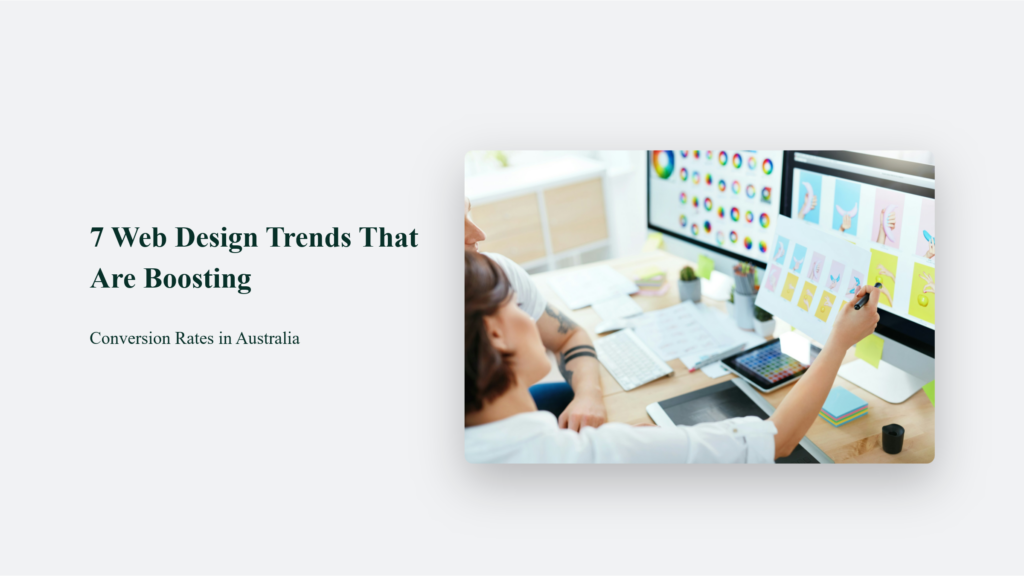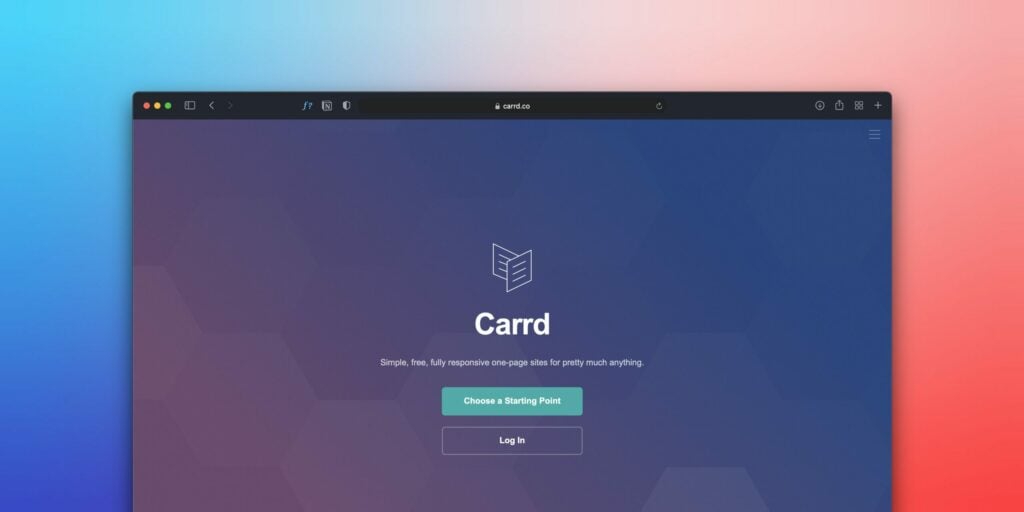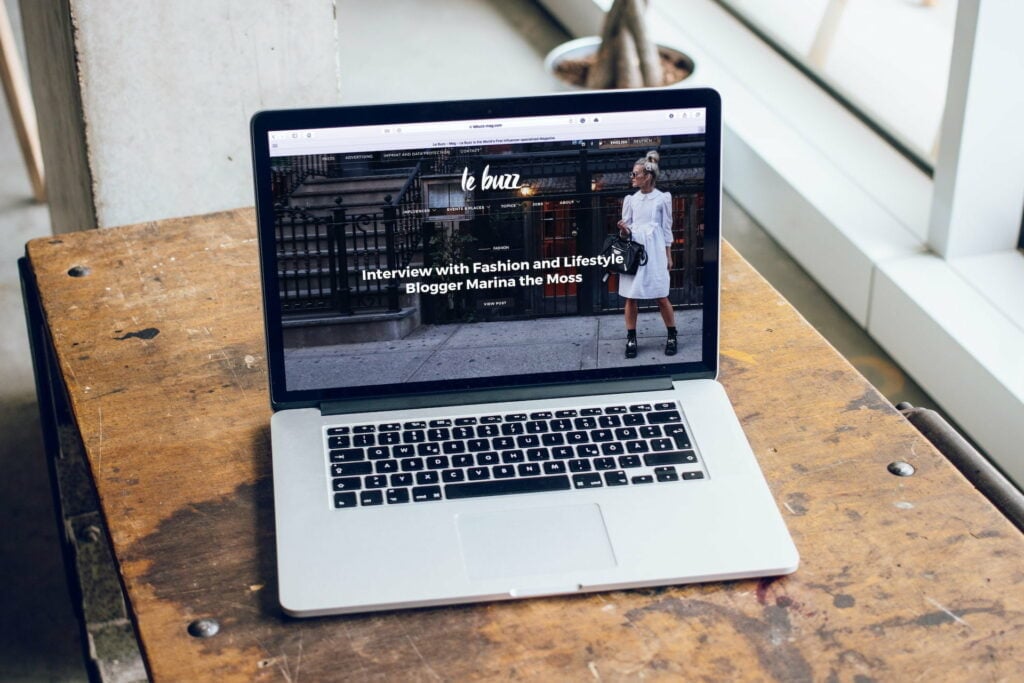G’day, mate! If you’re running a business in the Land Down Under, you know how crucial it is to have a website that looks bonza and converts visitors into customers. As a digital marketer who’s seen more websites than a kangaroo has hops, I can tell you that staying on top of web design trends is key to keeping your conversion rates high. So, let’s dive into seven web design trends making waves and boosting conversions across Australia.

7 Web Design Trends:
Mobile-First Design: No Worries on Any Device
Remember when we used to access the internet primarily on our desktops? Those days are long gone, cobber. With 77% of Australians owning a smartphone, it’s no surprise that mobile-first design has become a top priority. A mobile-first approach means designing your smartphone website first, then scaling up for larger screens. It ensures that your site looks ripper and functions seamlessly on any device, from a tiny mobile to a massive desktop monitor.
Why it boosts conversions:
- Improved user experience leads to longer site visits
- Faster loading times on mobile devices
- Better SEO rankings, as Google prioritises mobile-friendly sites
Tip: Test your website’s mobile-friendliness using Google’s Mobile-Friendly Test tool. If it’s not up to scratch, it’s time for a redesign, mate!
Speed Optimisation: Faster Than a Kangaroo on a Sugar Rush
In the digital world, patience is about as common as a drop bear. Aussies expect websites to load faster than you can say “G’day,” and if yours doesn’t, they’ll bounce quicker than a boomerang.
The hard yakka:
- Optimise images and videos
- Minimise HTTP requests
- Use browser caching
- Implement a Content Delivery Network (CDN)
Why it boosts conversions:
A one-second delay in page load time can reduce conversions by 7%. That’s a fair dinkum reason to speed things up!
Minimalist Design: Less is More, Mate
Gone are the days of cluttered websites that look busier than Bondi Beach on a summer day. The trend now is towards clean, minimalist designs that guide visitors’ eyes to what’s important.
Key elements of minimalist design:
- Plenty of white space
- Limited colour palette
- Simple, clear typography
- Focused content
Why it boosts conversions:
Minimalist design reduces cognitive load, making it easier for visitors to find what they’re looking for and take action. It’s like giving your visitors a clear path through the bush instead of leaving them to hack through the scrub.
Personalisation: Making Every Visitor Feel Like a VIP
Imagine walking into your local pub, and the bartender remembers your name and your favourite brew. That’s the kind of personalised experience we’re talking about but on your website.
Personalisation techniques:
- Geolocation-based content
- Personalised product recommendations
- Dynamic content based on user behaviour
- Customised greetings and offers
Why it boosts conversions:
According to research by Monetate, personalisation can lead to a 20% increase in sales. It’s like giving each visitor their own personal tour guide through your site.
Interactive Content: Engaging Visitors Like a Game of Two-Up
Static websites are about as exciting as watching paint dry in the Outback. Interactive content, on the other hand, keeps visitors engaged and encourages them to spend more time on your site.
Types of interactive content:
- Quizzes and polls
- Calculators
- 360-degree product views
- Augmented reality (AR) features
Why it boosts conversions:
According to a study by Outgrow, interactive content can increase conversion rates by up to 45%. It’s like turning your website into a fun fair—people stay longer and are more likely to buy a ticket.
Dark Mode: Easy on the Eyes, Heavy on Conversions
Dark mode isn’t just for night owls anymore. It’s become a popular design trend that’s easy on the eyes and can make your content pop like a kangaroo in a wheat field.
Benefits of dark mode:
- Reduces eye strain
- Saves battery life on OLED screens
- Creates a sleek, modern look
Why it boosts conversions:
While there’s no hard data on dark mode’s impact on conversions, many users prefer it. Offering the option can improve user experience, potentially leading to higher engagement and conversions.
Accessibility-Focused Design: Fair Go for All Users
In true Aussie spirit, we believe in giving everyone a fair go. That includes making your website accessible to all users, including those with disabilities. Key accessibility features:
- High contrast text
- Alt text for images
- Keyboard navigation
- Closed captions for videos
Why it boosts conversions:
Accessible design expands your potential audience and improves usability for all users. Plus, it’s the right thing to do, mate.
Implementing These Web Design Trends
Now, you might be thinking, “Crikey, that’s a lot to take in!” But don’t worry, cobber. You don’t need to implement all these trends at once. Start with the ones that make the most sense for your business and audience. Remember, the goal is to create a website that’s not just a pretty face but a hardworking member of your team that converts visitors into customers faster than you can say “Aussie, Aussie, Aussie!”
The Bottom Line:
In conclusion, mate, these seven web design trends are more powerful than a tin of Vegemite when it comes to boosting conversion rates. By implementing them thoughtfully and strategically, you can create a website that looks fair dinkum and converts like a beauty. So, what are you waiting for? It’s time to give your website a proper Aussie makeover and watch those conversion rates soar higher than a galah in a gumtree!
Frequently Asked Questions:
Are there any Australian-specific design trends I should consider?
While design trends are generally global, consider incorporating elements that resonate with Australian culture or landscapes if it fits your brand. Also, ensure your site complies with Australian privacy laws and accessibility standards.
How important is it to hire a professional for implementing these design trends?
While some changes can be made by savvy business owners, working with a professional web designer can ensure that these trends are implemented effectively and cohesively. They can also provide valuable insights into what works best for your specific industry and target audience.
Can these design trends work for any type of website?
While these trends can be adapted to most websites, it’s important to consider your specific audience and business goals. What works for an e-commerce site might not be the best fit for a professional services firm.




